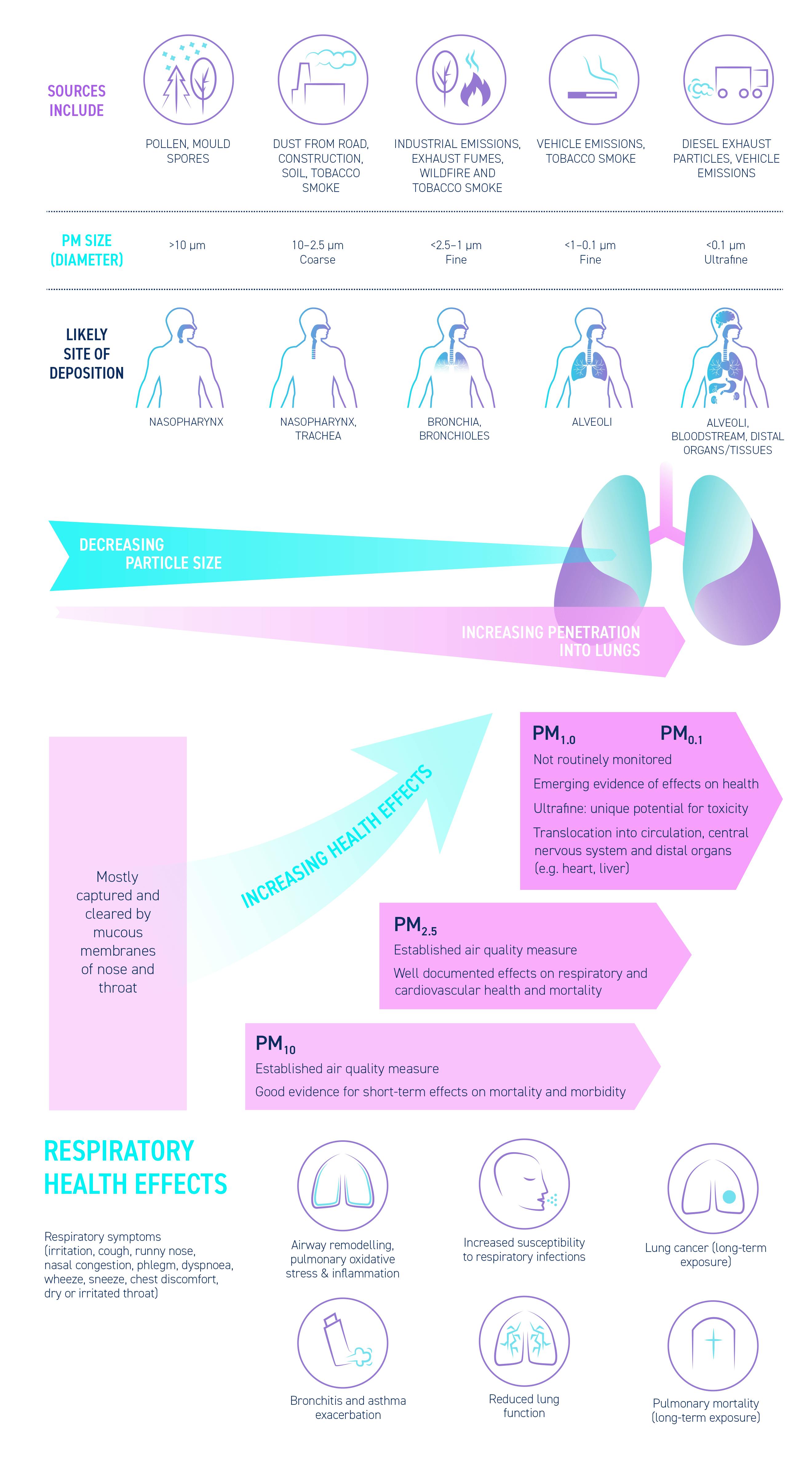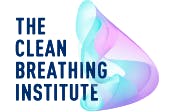01. World Health Organization. Ambient and household air pollution and health database. Available at: http://www.who.int/phe/health_topics/outdoorair/databases/en/. Last accessed: 23 July 2018.
02. World Health Organization. News release. Available at: http://www.who.int/news-room/detail/02-05-2018-9-out-of-10-people-worldwide-breathe-polluted-air-but-more-countries-are-taking-action. Last accessed: 23 July 2018.
03. World Health Organization. Household air pollution and health. Available at: http://www.who.int/news-room/fact-sheets/detail/household-air-pollution-and-health. Last accessed: 23 July 2018.
04. World Health Organization. Ambient (outdoor) air quality and health. Available at: http://www.who.int/news-room/fact-sheets/detail/ambient-(outdoor)-air-quality-and-health. Last accessed: 18 July 2018.
05. Kampa M, Castanas E. Human health effects of air pollution. Environ Pollut 2008;151:362–7.
06. Darçın 2017. How air pollution affects subjective well-being. Available at: http://dx.doi.org/10.5772/67742. Last accessed: 23 July 2018.
07. World Health Organization. Air pollution and health: summary. Available at: http://www.who.int/airpollution/ambient/about/en/. Last accessed: 22 July 2018.
08. Paciência I, et al. A systematic review of evidence and implications of spatial and seasonal variations of volatile organic compounds (VOC) in indoor human environments. J Toxicol Environ Health B Crit Rev 2016;19(2):47–64.
09. D'Amato G, et al. Urban air pollution and climate change as environmental risk factors of respiratory allergy: an update. J Investig Allergol Clin Immunol 2010;20:95–102; quiz following 102.
10. Australian Government. Health Impacts of Ultrafine Particles, 2004. Available at: https://www.environment.gov.au/system/files/resources/00dbec61-f911-494b-bbc1-adc1038aa8c5/files/health-impacts.pdf. Last accessed: 24 July, 2018.
11. Huang S–K, et al. Mechanistic impact of outdoor air pollution on asthma and allergic diseases. J Thorac Dis 2015;7:23–33.
12. Traboulsi H, et al. Inhaled pollutants: the molecular scene behind respiratory and systemic diseases associated with ultrafine particulate matter. Int J Mol Sci 2017;18:243.
13. Araujo JA, Nel AE. Particulate matter and atherosclerosis: role of particle size, composition and oxidative stress. Part Fibre Toxicol 2009;6:24.
14. Environmental Protection Agency. Particle pollution and your health. Available at: https://nepis.epa.gov/Exe/ZyPDF.cgi?Dockey=P1001EX6.txt. Last accessed: 22 July 2018.
15. Interprofessional Technical Centre for Studies on Air Pollution (CITEPA). Particulate matter. Available at: https://www.citepa.org/en/air-and-climate/pollutants-and-ghg/particulate-matter. Last accessed: 22 July 2018.
16. Salvi S, Holgate ST. Mechanisms of particulate matter toxicity. Clin Exp Allergy 1999;29:1187–94.
17. Cooper SC. The Truth about Mold. Dearborn Financial Publishing: Chicago, IL; 2004.
18. Alessandrini ER, et al. Association Between Short-Term Exposure to PM2.5 and PM10 and Mortality in Susceptible Subgroups: A Multisite Case-Crossover Analysis of Individual Effect Modifiers. Am J Epidemiol 2016;184(10):744–54.
19. World Health Organization. Frequently Asked Questions. Available at: http://www.who.int/airpollution/data/FINAL-FAQs-WEB-Database-2018.pdf. Last accessed: 23 July 2018.
20. World Health Organization. Health effects of particulate matter. Available at: http://www.euro.who.int/__data/assets/pdf_file/0006/189051/Health-effects-of-particulate-matter-final-Eng.pdf. Last accessed: 25 July 2018.
21. Xing YF, et al. The impact of PM2.5 on the human respiratory system. J Thorac Dis 2016;8(1):E69–74.
22. World Health Organization. Burden of disease from the joint effects of household and ambient air pollution for 2016. Available at: http://www.who.int/airpollution/data/AP_joint_effect_BoD_results_May2018.pdf. Last accessed: 23 July 2018.
23. World Health Organization. Don’t pollute my future! The impact of the environment on children’s health (updated May 2018). Available at: http://www.who.int/ceh/publications/don-t-pollute-my-future/en/. Last accessed: 23 July 2018.
24. World Health Organization. Frequently Asked Questions. Available at: http://www.who.int/airpollution/data/FINAL-FAQs-WEB-Database-2018.pdf. Last accessed: 23 July 2018.
25. World Health Organization. Global ambient air pollution: interactive map. Available at: http://maps.who.int/airpollution/. Last accessed: 23 July 2018.
26. Cohen AJ, et al. Estimates and 25-year trends of the global burden of disease attributable to ambient air pollution: an analysis of data from the Global Burden of Diseases Study 2015. Lancet 2017;13;389(10082):1907–18.
27. World Health Organization. Household air pollution: health impacts. Available at: http://www.who.int/airpollution/household/health-impacts/en/. Last accessed: 23 July 2018.
28. World Health Organization. Global ambient air pollution: world health statistics data visualizations dashboard. Available at: http://apps.who.int/gho/data/node.sdg.3-9-viz-1?lang=en. Last accessed: 23 July 2018.
29. World Health Organization, International Agency for Research on Cancer. Outdoor air pollution a leading environmental cause of cancer deaths (press release). Available at: https://www.iarc.fr/en/media-centre/iarcnews/pdf/pr221_E.pdf. Last accessed: 23 July 2018.
30. Korten I, et al. Air pollution during pregnancy and lung development in the child. Paediatr Respir Rev 2017;21:38–46.
31. Environmental Protection Agency. Air Pollution and Pregnancy. Available at: http://breathelife2030.org/wp-content/uploads/2016/09/ochp_prenatal_fs_7_10.pdf. Last accessed: 22 July 2018.
32. de Prado Bert P, et al. The effects of air pollution on the brain: a review of studies interfacing environmental epidemiology and neuroimaging. Curr Environ Health Rep 2018;doi:10.1007/s40572-018-0209-9.
33. Dockery DW, Pope CA III. Lost life expectancy due to air pollution in China. Available at: http://institute.swissre.com/research/risk_dialogue/magazine/Cardiovascular_risks_in_HGM/Lost_life_expectancy_due_to_air_pollution_in_China.html. Last accessed: 22 July 2018.
34. Pope CA III, Dockery DW. Air pollution and life expectancy in China and beyond. Proc Natl Acad Sci USA 2013;110:12861–2.
35. Andersen, MS. Co-benefits of climate mitigation: counting statistical lives or life-years? Ecol Indic 2017;79:11–8.
36. Energy Policy Institute at the University of Chicago. Air Quality Life Index. Available at: https://aqli.epic.uchicago.edu/. Last accessed: 18 July 2018.
37. Achilleos S, et al. Acute effects of fine particulate matter constituents on mortality: a systematic review and meta-regression analysis. Environ Int 2017;109:89–100.
38. de Grove KC, et al. Insights in particulate matter-induced allergic airway inflammation: focus on the epithelium. Clin Exp Allergy 2018;48:773–86.
39. Peixoto MS, et al. Cell death pathways of particulate matter toxicity. Chemosphere 2017;188:32–48.
40. Doherty RM, et al. Climate change impacts on human health over Europe through its effect on air quality. Environ Health 2017;16(Suppl 1):118.
41. Thomson EM, et al. Ozone inhalation provokes glucocorticoid-dependent and -independent effects on inflammatory and metabolic pathways. Toxicol Sci 2016;152:17–28.
42. Atkinson RW, et al. Long-term concentrations of nitrogen dioxide and mortality: a meta-analysis of cohort studies. Epidemiology 2018;29:460–72.
43. World Health Organization. Review of evidence on health aspects of air pollution – REVIHAAP project: technical report. Available at: http://www.euro.who.int/en/health-topics/environment-and-health/air-quality/publications/2013/review-of-evidence-on-health-aspects-of-air-pollution-revihaap-project-final-technical-report. Last accessed: 23 July 2018.
44. Carlsten C. Synergistic environmental exposures and the airways capturing complexity in humans-an underappreciated world of complex exposures. Chest 2018;pii:S0012–3692(18)30915–2.
45. Rodopoulou S, et al. Assessing the cumulative health effect following short term exposure to multiple pollutants: an evaluation of methodological approaches using simulations and real data. Environ Res 2018;165:228–34.
46. Laeremans M, et al. Short-term effects of physical activity, air pollution and their interaction on the cardiovascular and respiratory system. Environ Int 2018;117:82–90.
47. Sinharay R. Respiratory and cardiovascular responses to walking down a traffic-polluted road compared with walking in a traffic-free area in participants aged 60 years and older with chronic lung or heart disease and age-matched healthy controls: a randomised, crossover study. Lancet 2018;391:339–49.
48. Nakao M, et al. Effects of air pollution and seasons on health-related quality of life of Mongolian adults living in Ulaanbaatar: cross-sectional studies. BMC Public Health 2017;17:594.
49. Nakao M, et al. The impact of air pollution, including Asian sand dust, on respiratory symptoms and health-related quality of life in outpatients with chronic respiratory disease in Korea: a panel study. J Prev Med Public Health 2018;51:130–9.
50. Pirozzi CS, et al. Short-term particulate air pollution exposure is associated with increased severity of respiratory and quality of life symptoms in patients with fibrotic sarcoidosis. Int J Environ Res Public Health 2018;15:pii:E1077.
51. Bose S, et al. Association of traffic air pollution and rhinitis quality of life in Peruvian children with asthma. PLoS One 2018;13:e0193910.
52. Orru K, et al. Well-being and environmental quality: does pollution affect life satisfaction? Qual Life Res 2016;25:699–705.
53. Ferreira S, et al. Life satisfaction and air quality in Europe. Ecol Econ 2013;88:1–10.
54. Smyth R, et al. The environment and well-being in urban China. Ecol Econ 2008;68:547–55.
55. MacKerron G, Mourato S. Life satisfaction and air quality in London. Ecol Econ 2009;68:1441–53.
56. Cuñado J, Pérez de Gracia F. Environment and happiness: new evidence for Spain. Soc Indic Res 2013;112:549–67.
57. Zhang X, et al. Happiness in the air: how does a dirty sky affect mental health and subjective well being? J Environ Econ Manage 2017;85:81–94.
58. Zivin JG, Neidell M. The Impact of Pollution on Worker Productivity. Am Econ Rev 2012;102(7):3652–73.
59. Lichter A, Pestel N, Sommer E. Productivity effects of air pollution: Evidence from professional soccer. Labour Economics 2017;48:54–66.
60. Allen JL, et al. Cognitive effects of air pollution exposures and potential mechanistic underpinnings. Curr Environ Health Rep 2017;4:180–91.












